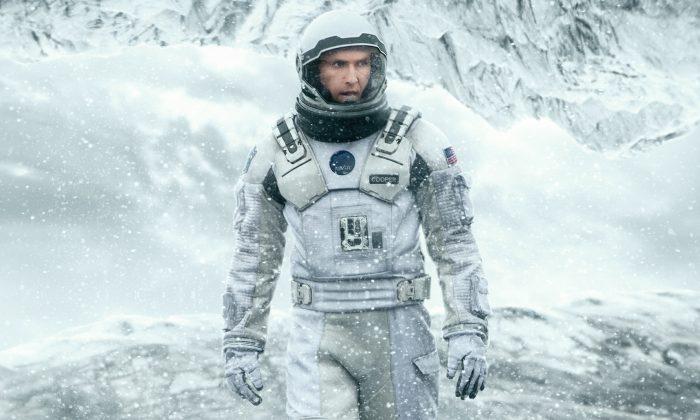
But as science communication researchers Matthew Nisbet and Anthony Dudo note in their synthesis of studies of on-screen scientists, the recent trend has been towards presenting scientists as heroes and voices of virtue. They point to examples as varied as Tony Stark in the Iron Man franchise and Dr. Temperance Brennan in Bones.
Yet while scientists discuss the importance of accuracy for enhancing the general public’s scientific literacy, there is only limited evidence about the effect these portrayals have on audiences. Researchers agree that an individual viewer’s background is crucial to how they interpret science on screen.
For example, one 2011 study found Americans without college science experience who watched a lot of television had a stronger belief in the promise of science. But Americans with college science experience who were heavy consumers of television had stronger reservations about science.
And accuracy is not the only issue at stake. Breaking Bad’s science consultant ensured the actors described the correct chemical agents needed to make crystal meth. But as I described in a book chapter about the show, Breaking Bad presents chemists as secretive and morally ambiguous figures – presenting chemistry as a problematic science.
Still Missing Some of Science’s Big Picture
What is missing from much science in entertainment is what David Kirby in a recent book chapter called the systems of science. That is, an authentic portrayal of the methods of science, how scientists interact, and the links between science, the state and wider culture and society.
I saw some of this in Interstellar, but not in its speculative physics. It opened with documentary-style interviews with people describing life on a ravaged future Earth. In reality, they were actual survivors of the 1930s Dust Bowl, relating their own stories.
That human-induced environmental disaster can be understood as drought combined with systems of science – a failure to apply correct farming methods and use of mechanized farm machinery – that fused to cause mass human misery.
Yet Nolan told Time he didn’t want his film to convey the true level of suffering and devastation of the 1930s heartland. He thought audiences wouldn’t believe it.
![]()
Declan Fahy does not work for, consult to, own shares in or receive funding from any company or organisation that would benefit from this article, and has no relevant affiliations. This article was originally published on The Conversation. Read the original article.
